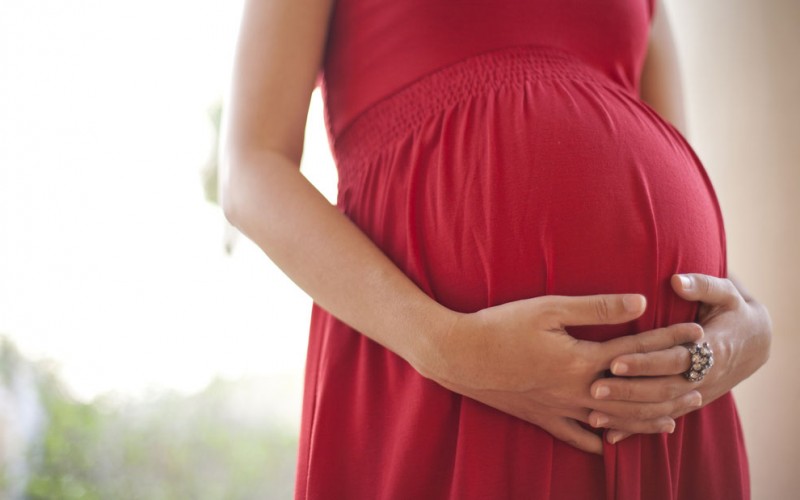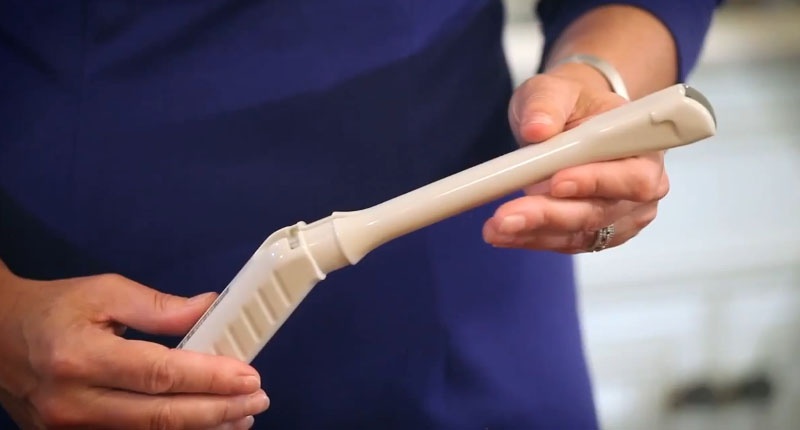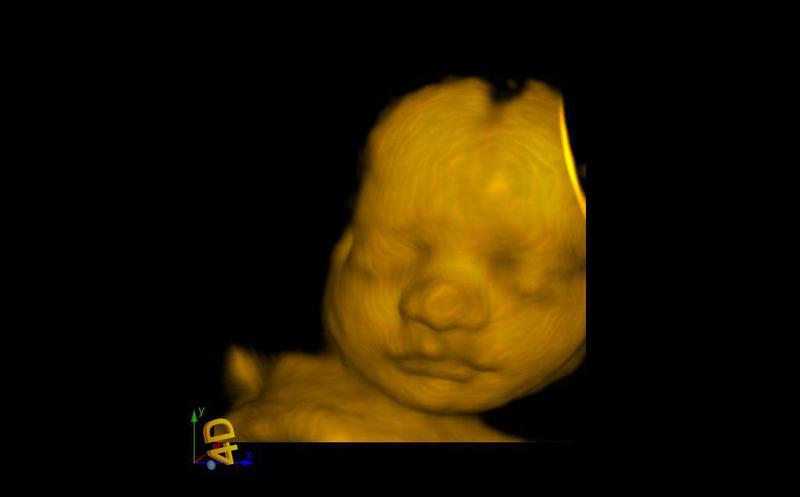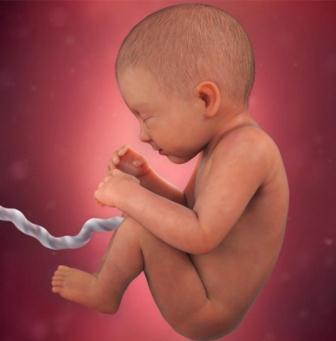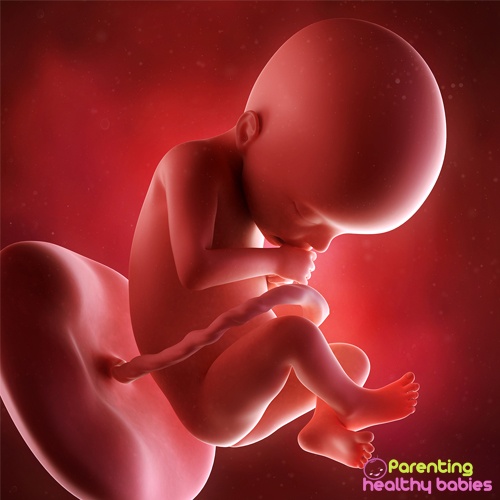Welcome to the last trimester of your pregnancy. Though the shortness of breath and the frequent trips to the restroom may not be your favorite things right now, but you are on the home stretch now. You’re almost there!
The third trimester of your pregnancy is from the 29th week to the 42nd week. It is a crucial time for both the mother and the fetus.
A Guide for Third Trimester Ultrasound Scans
When is the third trimester ultrasound done?
The third trimester ultrasound is called a Growth scan or a fetal wellbeing scan. It may be done any time after the 30th week but is preferred between the 36th and the 40th week. There is a difference of opinion amongst different health practitioner on whether this scan should be routine or optional. Presently, it is an optional scan and may be suggested by the health care provider over the pre-natal check-ups. A Doppler scan may also be done to assess the blood flow in the umbilical cord. The scan lasts for 20-30 minutes.
What does the growth scan show?
The ultrasound examination in the third trimester is useful to see:
- Position of the umbilical cord.
- Amount of amniotic fluid.
- Placental position and maturity.
- Fetal weight
- The position and presentation of the fetus
- Fetal heart rate
- Blood flow to the baby
- Measurements that denote proper growth
- Activity and movements of the baby
- The length of cervix.
How is the growth scan done?
The growth and fetal wellbeing scan is generally a trans-abdominal skin. Your healthcare provider will splatter a water-based gel on your abdomen and place the transducer. The transducer emits sound waves which are reflected back by the fetus and help form a picture.
A trans-vaginal scan may be done sometimes, to properly see the distance between cervix and placenta.
How to prepare for the scan?
Wear loose comfortable two-piece clothing. You will not need to drink a lot of water for this scan. A partially filled bladder is sufficient. Empty your bladder one hour before the appointment. Drink 1-2 glasses of water and try not to empty your bladder again till after the appointment.You will be able to empty your bladder after the trans-abdominal scan ends and before the trans-vaginal scan begins. No analgesia is required even in the trans-vaginal scan (if trans-vaginal scan is required). It usually causes less discomfort than a pap smear.
Sometimes, women may feel faint or dizzy while lying down for the ultrasound. This is due to the compression of the veins in the back by the uterus and the fetus and sudden fall of blood pressure. In this case, changing your position may help. Inform your healthcare provider.
Growth scan measurements
Some important measurements taken in the third trimester scan are:
- Biparietal diameter (BPD) and Head circumference (HC)
- Abdominal circumference (AC)
- Femur length (FL)
- Estimated fetal weight (EFW)
- Amniotic fluid index (AFI)
- Umbilical artery resistance index and pulsatility index
These measurements are then compared to a normal measurements chart. One or two abnormal values are not always significant especially if deviation from normal is small. But sometimes, they may indicate pathology.
- An EFW less than 10 percentile is considered a smaller than gestational age baby.
- An EFW greater than 90 percentile is considered larger than gestational age baby.
- A larger than normal AC may denote gestational diabetes especially if it is accompanied by greater AFI
- A smaller than normal AC with a lesser AFI may be suggestive of improper blood flow to the fetus.
- A larger AFI is called as polyhydramnios while a smaller AFI is referred to as oligohydramnios. Both of these conditions are known to be associated with some problems that may complicate delivery.
- It is important to know the position and presentation of fetus in the third trimester. Most fetus’ find their cephalic (head first) position in the third trimester. But sometimes, a baby may stay in the breech presentation (rump/foot first) position or may acquire a transverse position. This may present as a complication during delivery. Knowing the position beforehand may help you to prepare yourself and also allow other options like external cephalic version.
- Normal heart rate varies from 120 to 200 beats per minute.
Most of the time the scan results are reassuring. These problems are rare. If they do occur, talk to your healthcare provider. Multiple scans may be suggested at an interval of 10-14 days.
Biophysical profile scan (BPP)
A BPP test may be recommended if you have a higher risk of problems during pregnancy like
- You are past your due date
- You have gestational diabetes
- Preeclampsia
- After a fall or accident
BPP is a non-invasive test that lasts for about 30 minutes. It measures the baby’s heart rate, amniotic fluid, movement and muscle tone. It involves an ultrasound coupled with a non-stress test that measures the fetal heart rate.
Each part of the test (breathing, heart rate, body movements, muscle tone and amniotic fluid) is rated out of two. The total score adds up to 10 (modified Manning’s score). A score above 8 indicates a healthy baby. 6-8 score means you may need retesting. A score below 6 means the baby is in distress.
Week by week analysis of third trimester
WEEK 29: The baby is about 25 cm from head to bottom. Braxton Hicks contractions usually start about now. They feel like tightening in your abdominal wall. A fetal kick count can be done. The baby must move atleast 10 times in two hours.
WEEK 30: The eyes are finally wide open. Hair growth on the head can be seen. Blood cells are formed in the marrow. The body of the fetus adds fat layers making it look less wrinkled. For you, breathlessness may be an issue this week.
WEEK 31: The baby now starts gaining weight. Most of the development is done.
WEEK 32: Toenails are visible. The lanugo (soft hair that covers the fetal body) starts to shed. The baby is approx. 28 cm. it is now mature enough to survive in the outside world!
WEEK 33: The pupils now react to light. The developed neurons help to learn and recognize the environment. The bones are hardening, however, the skull remains soft and flexible to ease the delivery.
WEEK 34: Fingernails start to grow. The baby is 30 cm long (CRL)
WEEK 35: Skin becomes pink and smooth. The baby is gaining weight rapidly. About 8-10 ounces a week. The legs and arms are now chubby. It might be a good time to get a streptococcus group B exam done.
WEEK 36: Your baby has grown. A lot. It covers most of the space in the amniotic sac making it difficult to move around. Your breathing will become easier while pee breaks will increase.
WEEK 37: The baby would have turned to cephalic position by now. If it hasn’t, this week, it just might!
WEEK 38: The circumference of the baby’s head and abdomen are about equal now. The toenails have grown and the baby has shed almost all of the lanugo.
WEEK 39: The baby’s chest becomes prominent. If it is a boy, the testes continue to descend. In case of a girl, her labias are completely formed now.
WEEK 40: The CRL is 36 cm. The baby is ready to be delivered!!


